Home>Dining>Table Decor>How To Make A Flower Arrangement For A Table Centerpiece
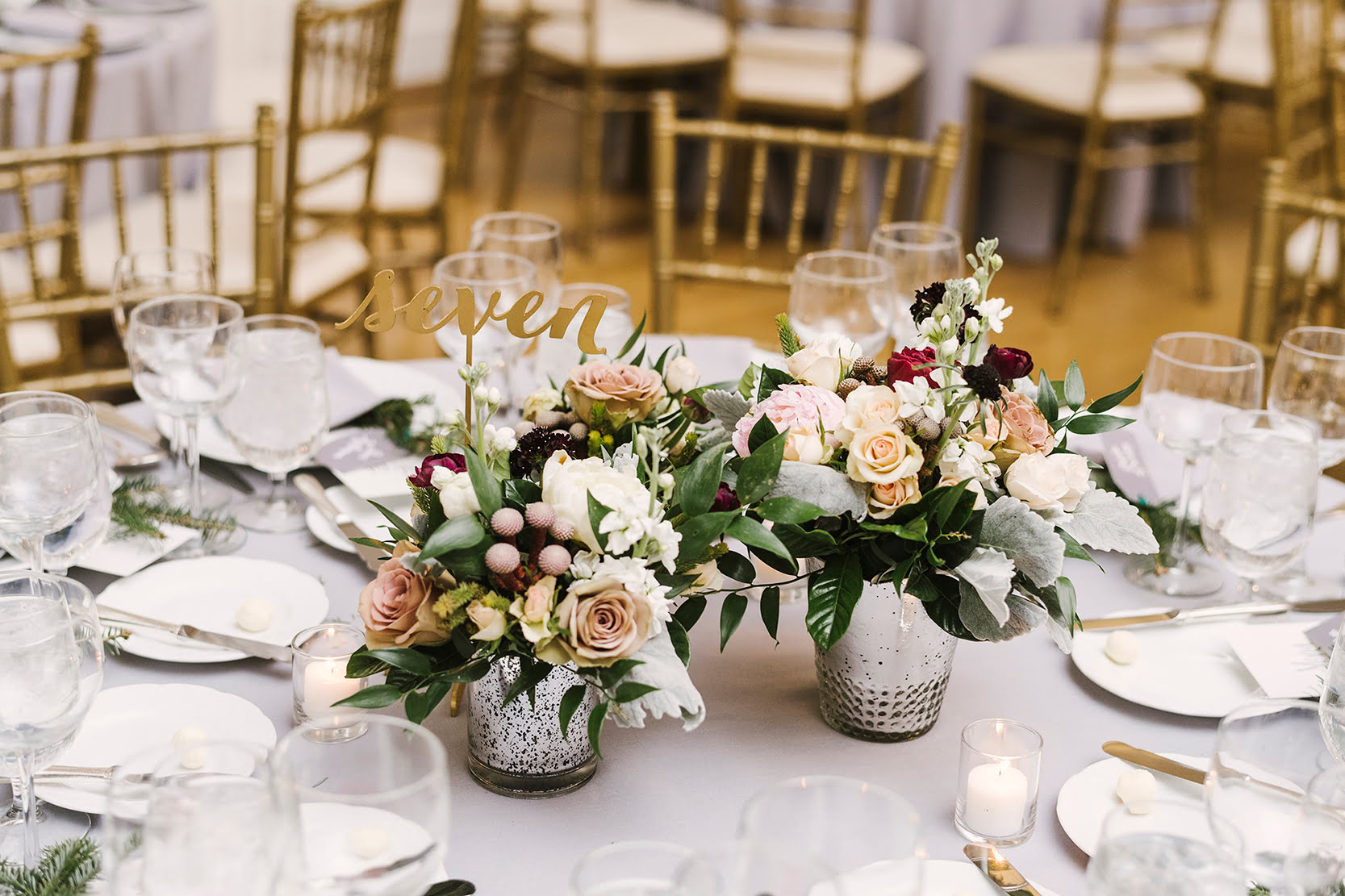

Table Decor
How To Make A Flower Arrangement For A Table Centerpiece
Modified: January 4, 2024
Learn how to create a stunning flower arrangement for your table centerpiece with our step-by-step guide. Elevate your table decor with this easy DIY project.
(Many of the links in this article redirect to a specific reviewed product. Your purchase of these products through affiliate links helps to generate commission for Storables.com, at no extra cost. Learn more)
Introduction
Welcome to the world of table decor! Whether you’re hosting a dinner party, celebrating a special occasion, or simply want to add a touch of elegance to your dining area, a beautifully arranged table centerpiece can transform the ambiance and captivate your guests. And what better way to achieve this than with a stunning flower arrangement!
A thoughtfully crafted floral centerpiece not only adds a vibrant burst of color but also brings a sense of nature and freshness to the table. With a few key principles and some creative flair, you can create a captivating centerpiece that will leave a lasting impression.
In this article, we will guide you through the process of creating a flower arrangement for a table centerpiece. From selecting the perfect flowers to adding the finishing touches, we will cover everything you need to know to create a stunning centerpiece that will wow your guests.
Key Takeaways:
- Create a captivating centerpiece by choosing seasonal flowers, balancing colors, and incorporating fragrant blooms for a visually stunning and sensory-rich table decor experience.
- Elevate your centerpiece with the perfect container, strategic placement of focal flowers, and thoughtful finishing touches to impress guests and transform any table into a captivating focal point.
Read more: How To Make Flower Centerpieces For Weddings
Choosing the Flowers
The first step in creating a beautiful table centerpiece is choosing the right flowers. Consider the theme or occasion of your event, as well as the color palette you wish to incorporate. Here are a few tips to help you make the perfect flower selection:
- Consider the season: Opt for flowers that are in season as they are usually more readily available and fresher. In spring, you might choose tulips or daffodils, while in summer, sunflowers and hydrangeas make great choices. For fall, consider using chrysanthemums or dahlias, and in winter, amaryllis or poinsettias can add a festive touch.
- Think about the color scheme: Choose flowers that complement your table decor and create a harmonious color palette. You can go for a monochromatic look with flowers of the same color family or create a vibrant display with a mix of complementary colors.
- Consider the size and shape: Select flowers that vary in size and shape to add visual interest to your arrangement. Combine larger blooms, such as roses or lilies, with smaller delicate flowers like baby’s breath or spray roses.
- Don’t forget about fragrance: Consider the scent of the flowers you choose, especially if your event involves a meal. Fragrant blooms like jasmine or lavender can add an extra layer of sensory pleasure to the table.
Remember, there are no strict rules when it comes to flower selection, so feel free to get creative with your choices. Experiment with different combinations and textures to add depth and personality to your centerpiece.
Selecting the Container
Once you’ve chosen your flowers, it’s time to select the perfect container to showcase your centerpiece. The container you choose will play a significant role in the overall aesthetic of your arrangement. Here are a few factors to consider when selecting the container:
- Size and Shape: Consider the size of your table and the space available for your centerpiece. A long rectangular table may require a larger or multiple containers, while a round table may work well with a single compact arrangement. The shape of the container should complement the style and theme of your event.
- Material: Containers can be made of various materials, such as glass, ceramic, metal, or even natural elements like wood or woven baskets. Choose a material that aligns with the overall aesthetic and ambiance you wish to create.
- Color and Texture: The color and texture of the container can enhance the visual appeal of your arrangement. Consider the color of the tablecloth or other tabletop elements and select a container that either complements or contrasts with them. Textured containers can add an interesting dimension to your centerpiece.
- Stability: Ensure that the container you choose is stable and won’t easily tip over. This is especially important if you’re using a tall or heavy centerpiece. If needed, you can use floral foam or other stabilizing materials to secure the arrangement in the container.
Remember, the container should serve as a complement to the flowers and not overpower them. It should provide a sturdy and visually pleasing base for your arrangement.
Gathering the Supplies
Before you start creating your table centerpiece, it’s important to gather all the necessary supplies. Having everything prepared and within reach will make the process more efficient and enjoyable. Here are the key supplies you’ll need:
- Flowers: The star of your centerpiece, choose the flowers you selected earlier, ensuring they are fresh and in optimal condition. Trim their stems and remove any excess leaves or thorns.
- Container: Grab the container you selected, ensuring it is clean and ready to be filled with the flowers.
- Floral foam or flower frogs: These are optional but can be helpful in providing stability to your arrangement and keeping the flowers in place.
- Scissors or floral snips: A sharp pair of scissors or floral snips will allow you to trim the stems of the flowers to the desired length.
- Water and flower preservative: Fill a clean container with water and add flower preservative, if available. This will help prolong the life of your flowers.
- Optional extras: Consider any additional elements you may want to incorporate into your centerpiece, such as ribbon, decorative accents, or candles.
Having all these supplies handy will make the flower arranging process smoother and ensure that you have everything you need to create a stunning centerpiece.
Preparing the Flowers
Now that you have gathered your supplies, it’s time to prepare the flowers for arranging. Properly preparing the flowers will help them stay fresh and vibrant for longer. Follow these steps to prepare your flowers:
- Trim the stems: Using sharp scissors or floral snips, trim the stems of your flowers at a 45-degree angle. This will create a larger surface area for water absorption.
- Remove excess foliage: Remove any leaves or thorns that will be below the water level in your container. This prevents them from decaying and keeps the water clean.
- Hydrate the flowers: Place the trimmed stems in a container of clean water immediately after cutting them. Allow the flowers to hydrate for a few hours or overnight to ensure they are well-hydrated before arranging them.
- Condition the flowers: If your flowers have been out of water for an extended period, you may want to give them extra care. Submerge the entire stem in warm water and let them rest for 15-20 minutes. This helps them absorb water more efficiently.
By properly preparing your flowers, you are giving them the best chance to thrive in your centerpiece. They will be able to absorb water more effectively, ensuring their longevity and beauty.
Read more: How To Make Submerged Flower Centerpieces
Creating the Base
Now that your flowers are prepared, it’s time to start arranging them into a stunning centerpiece. The base of your arrangement will provide structure and support for the flowers. Follow these steps to create a solid foundation:
- Place floral foam or flower frogs: If using floral foam or flower frogs, position them inside your container. These tools help hold the flowers in place and maintain their desired shape. Make sure the foam or frog is securely positioned at the bottom.
- Add greenery: Start by adding greenery to the base. Use foliage like eucalyptus, ferns, or ivy to create a lush backdrop for your flowers. Place the stems of the greenery into the floral foam or around the flower frogs, ensuring they are evenly distributed.
- Create a focal point: Choose one or two standout flowers to serve as the focal point of your arrangement. These can be larger blooms like roses, lilies, or peonies. Position them slightly higher than the greenery to draw attention and create visual interest.
- Consider the height: Vary the height of the flowers in your base to add dimension. Use shorter blooms towards the edges and taller ones in the center. This creates a pleasing visual flow and prevents the arrangement from looking flat.
- Balance the colors: Distribute the flowers in a way that balances the colors throughout the arrangement. Avoid clustering flowers of the same color in one area. Scatter them strategically to create a harmonious blend.
Remember, the base sets the tone for your entire centerpiece. Take your time to arrange the flowers and greenery, ensuring they are positioned securely and artistically.
Adding the Focal Flowers
Now that you have created a solid base for your centerpiece, it’s time to add the focal flowers. These are the standout blooms that will draw attention and become the focal point of your arrangement. Follow these steps to incorporate the focal flowers:
- Select your focal flowers: Choose one or two flowers as your focal point. These can be larger blooms like roses, lilies, or peonies. Consider the color and shape of the focal flowers, ensuring they complement the overall theme and style of your arrangement.
- Position strategically: Place the focal flowers slightly higher than the greenery and other blooms in the base. This will ensure they stand out and catch the eye. Experiment with different angles and positions to find the most visually appealing arrangement.
- Create balance: Distribute the focal flowers evenly throughout the arrangement. Avoid clustering them in one area or placing them all on one side. Achieving a balanced distribution will create a visually pleasing and well-proportioned centerpiece.
- Consider height: Vary the height of the focal flowers to add dimension to the arrangement. Trim their stems to different lengths, allowing some to stand taller than others. This will create a dynamic and visually interesting centerpiece.
- Step back and evaluate: Take a step back and assess your arrangement from different angles. Adjust the position of the focal flowers if needed, striving for a visually appealing composition.
Focal flowers add a sense of grandeur and elegance to your centerpiece. By carefully selecting and placing these blooms, you can create a captivating focal point that will impress your guests.
Choose a variety of flowers in different shapes and sizes for visual interest. Start with the largest flowers in the center and work your way out with smaller blooms and greenery for a balanced arrangement.
Adding the Fillers
Now that you have incorporated the focal flowers into your centerpiece, it’s time to enhance the arrangement by adding fillers. Fillers are smaller flowers or foliage that help fill in the gaps and create a fuller, more textured look. Follow these steps to incorporate fillers into your centerpiece:
- Select your fillers: Choose fillers such as baby’s breath, statice, or wax flowers. These delicate blooms add a soft and airy look to the arrangement. Alternatively, you can use foliage like ferns or small branches to fill in the gaps.
- Start from the edges: Begin adding fillers from the outer edges of the arrangement towards the center. This helps create a seamless integration and ensures that the fillers are evenly distributed.
- Tuck them between blooms: Insert the fillers between the larger flowers and greenery, allowing them to intertwine and create a cohesive look. Take care not to overcrowd the arrangement; maintain a balanced distribution of fillers throughout.
- Vary the height: Just like with the focal flowers, vary the height of the fillers to add depth and dimension. Trim their stems to different lengths, allowing some to peek out above the others.
- Step back and assess: Take a step back and evaluate the arrangement as you add the fillers. Make adjustments as needed to maintain a visually balanced and pleasing composition.
Fillers play an essential role in adding texture and volume to your centerpiece. By strategically incorporating them, you can achieve a lush and visually captivating arrangement.
Including Greenery
To enhance the natural and organic feel of your centerpiece, it’s important to include greenery. Greenery not only adds a touch of freshness and texture but also serves as a base for your flowers. Follow these steps to incorporate greenery into your centerpiece:
- Select the appropriate greenery: Choose foliage such as eucalyptus, ferns, or ivy that complements the style and theme of your arrangement. Consider the color, texture, and shape of the greenery.
- Add greenery to the base: Start by placing the greenery stems into the floral foam or around the flower frogs at the edges of the container. Let the greenery cascade outward to create a lush backdrop for your flowers.
- Weave greenery throughout: Intertwine the greenery stems throughout the arrangement, filling in any gaps and adding visual interest. Allow the greenery to drape naturally, creating a sense of movement and flow in the centerpiece.
- Layer the greenery: Place shorter stems of greenery towards the edges and gradually increase the height towards the center. This layering technique adds depth and dimension to the arrangement.
- Trim and shape: Trim any excess leaves or branches from the greenery to maintain a clean and visually appealing look. Shape the greenery stems to complement the overall arrangement.
Greenery acts as the backbone of your centerpiece, providing a lush and natural foundation. By incorporating greenery strategically, you can achieve a visually pleasing and cohesive arrangement.
Balancing the Arrangement
Creating a balanced arrangement is essential to ensure that your centerpiece is visually pleasing and harmonious. Balancing the elements of your arrangement involves considering the placement of flowers, fillers, and greenery to create a sense of equilibrium. Follow these steps to achieve a balanced centerpiece:
- Consider size and proportion: Distribute the different elements of your arrangement proportionally. Balance larger flowers with smaller blooms, and fillers with greenery. Avoid overcrowding one side or section of the centerpiece.
- Place flowers strategically: Position flowers in a way that complements the overall shape of your arrangement. If you have a round or oval centerpiece, distribute the flowers evenly. For a linear arrangement, place flowers in a linear pattern.
- Vary the height: Create visual interest by varying the heights of the flowers and greenery. Taller flowers can be placed towards the center, while shorter ones can be placed towards the edges. This adds dimension and prevents monotony.
- Use color composition: Distribute flowers of different colors throughout the arrangement to create a harmonious balance. Consider using the rule of thirds, positioning flowers in groups of three for an aesthetically pleasing display.
- Step back and assess: Take a step back and evaluate your arrangement from different angles. Make any necessary adjustments to ensure even distribution and balance. Consider if any areas need more or less foliage or additional flowers to create a visually appealing composition.
By carefully balancing the elements of your arrangement, you can create a centerpiece that is visually appealing, pleasing to the eye, and captures the desired aesthetic.
Adding Finishing Touches
Now that you’ve created a beautifully balanced centerpiece, it’s time to add the finishing touches. These extra elements can elevate your arrangement and make it truly unique. Here are some ideas to consider:
- Ribbon or bow: Wrap a ribbon around the base of the container or tie a bow around the stems of the flowers. Choose a ribbon that complements the color scheme and adds a touch of elegance.
- Decorative accents: Consider adding small decorative elements like crystals, pearls, or gemstones to accentuate the flowers. These little details can add a touch of sparkle and glamour to your centerpiece.
- Candles: If appropriate for your occasion, place a few well-positioned candles around the centerpiece. The soft glow of candlelight can create a romantic and cozy ambiance.
- Mirror or reflective surface: Place your centerpiece on a mirror or reflective surface to enhance the visual impact. The reflection can add depth and make the arrangement appear larger.
- Table scatter: Sprinkle some table scatter or petals around the base of the centerpiece to add a decorative touch. Choose colors and materials that complement the overall theme of your event.
Remember, the finishing touches should be tasteful and in line with the style and occasion. They should enhance the beauty of your centerpiece without overpowering it. Experiment with different options and see what works best for your arrangement.
Maintaining the Arrangement
Once you have created your stunning table centerpiece, it’s important to take steps to ensure its longevity and freshness throughout your event. Here are some tips for maintaining your arrangement:
- Keep it hydrated: Check the water level in the container regularly and refill as needed. This is especially important for arrangements that are left out for extended periods. Refresh the water every couple of days to keep the flowers hydrated.
- Trim the stems: As time passes, some flower stems may become wilted or soft. Trim these stems a bit to help them absorb water more effectively and revitalize them. Remember to cut at a 45-degree angle for better water absorption.
- Remove fading blooms: As flowers begin to fade, remove them from the arrangement. This will prevent the wilting flowers from affecting the overall appearance of the centerpiece.
- Avoid direct sunlight and drafts: Keep your centerpiece away from direct sunlight, as it can cause the flowers to wilt more quickly. Additionally, avoid placing it in a drafty area, as this can also lead to faster dehydration.
- Adjust as needed: Throughout your event, take a moment to assess your centerpiece. If any flowers have drooped or shifted, gently adjust them back into place to maintain the desired shape and balance.
By paying attention to these maintenance steps, you can enjoy your centerpiece’s beauty for a longer period, ensuring that it remains vibrant and fresh throughout your special occasion.
Conclusion
Congratulations! You have now learned the art of creating a stunning flower arrangement for a table centerpiece. With the right selection of flowers, a carefully chosen container, and a creative touch, you can transform any table into a captivating focal point. Remember the key steps:
- Choose the perfect flowers that align with your theme and color palette.
- Select a container that complements your arrangement and provides stability.
- Gather all the necessary supplies, including scissors, water, and preservatives.
- Prepare the flowers by trimming their stems and removing excess foliage.
- Create a solid base using floral foam or flower frogs, and add greenery.
- Place the focal flowers strategically to draw attention to your arrangement.
- Incorporate fillers and ensure they are evenly distributed throughout.
- Include greenery to enhance the natural beauty of your centerpiece.
- Balance the elements to create a visually pleasing composition.
- Add finishing touches, such as ribbons or decorative accents, to customize your arrangement.
- Maintain the arrangement by keeping it hydrated and making necessary adjustments.
Remember, the key to a successful centerpiece is creativity, attention to detail, and a touch of personal flair. Don’t be afraid to experiment with different combinations of flowers, colors, and textures to create a centerpiece that reflects your style and enhances the ambiance of your event.
Now, go ahead and showcase your newfound table decor expertise, impressing your guests with a captivating flower arrangement that will leave a lasting impression!
Frequently Asked Questions about How To Make A Flower Arrangement For A Table Centerpiece
Was this page helpful?
At Storables.com, we guarantee accurate and reliable information. Our content, validated by Expert Board Contributors, is crafted following stringent Editorial Policies. We're committed to providing you with well-researched, expert-backed insights for all your informational needs.
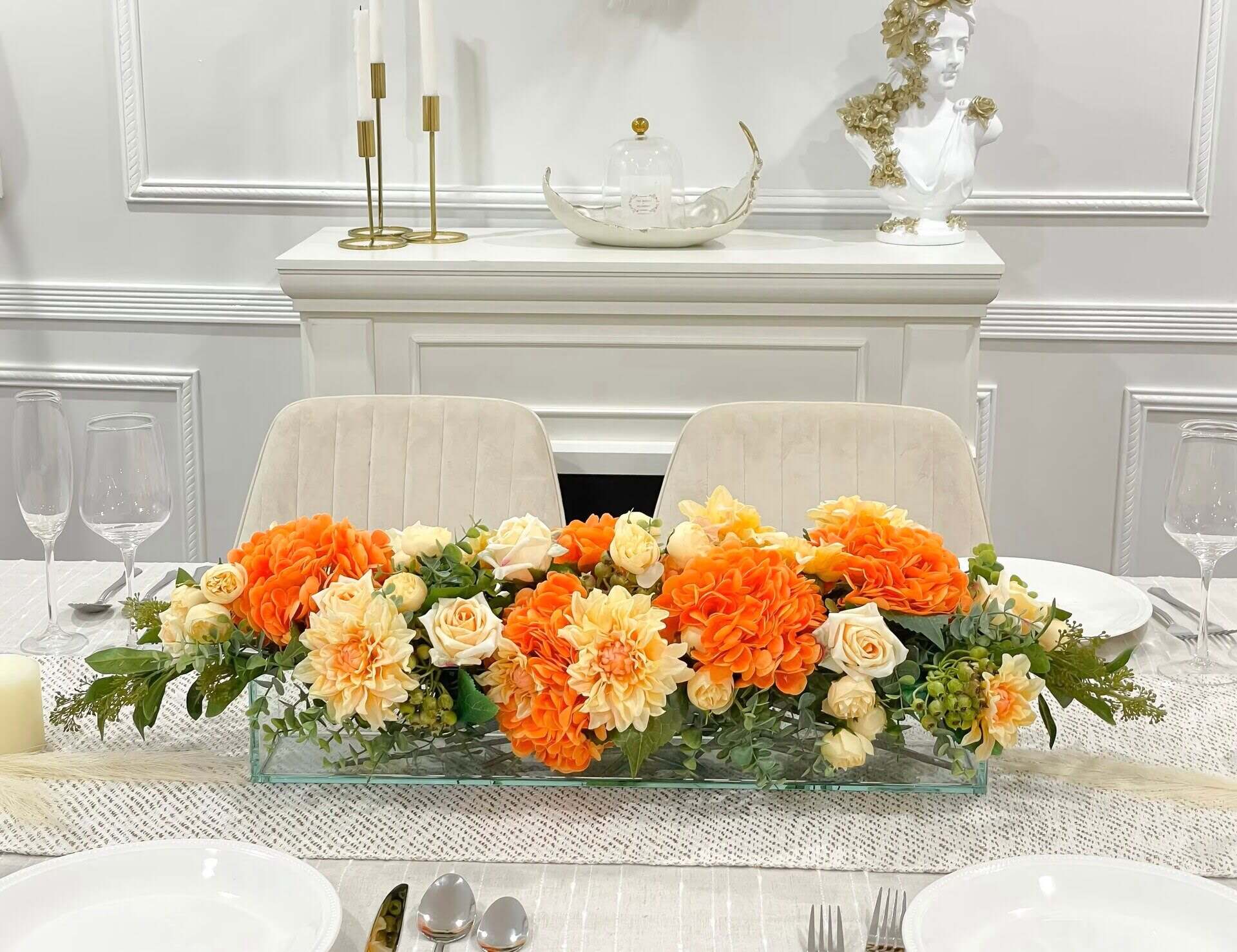
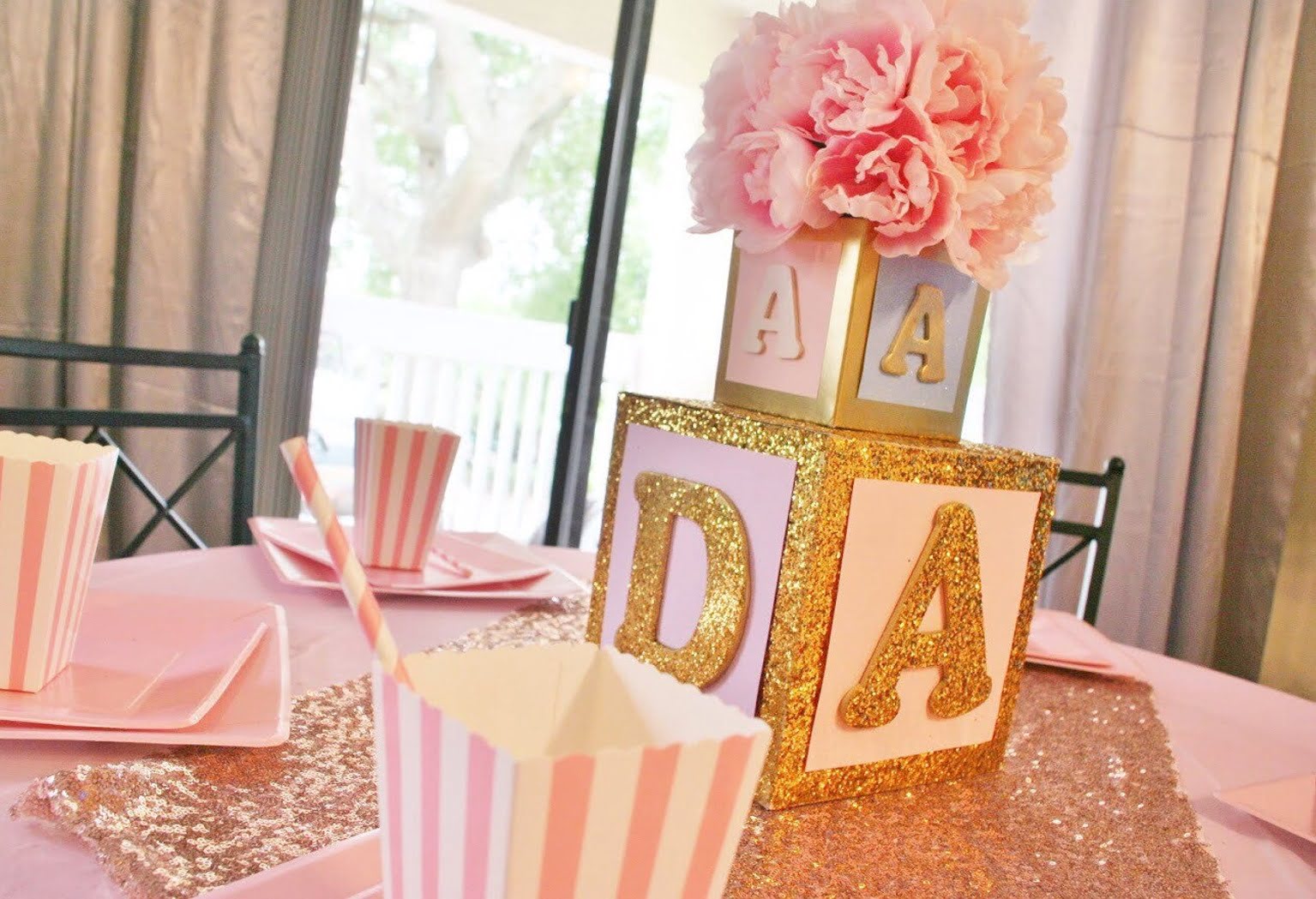
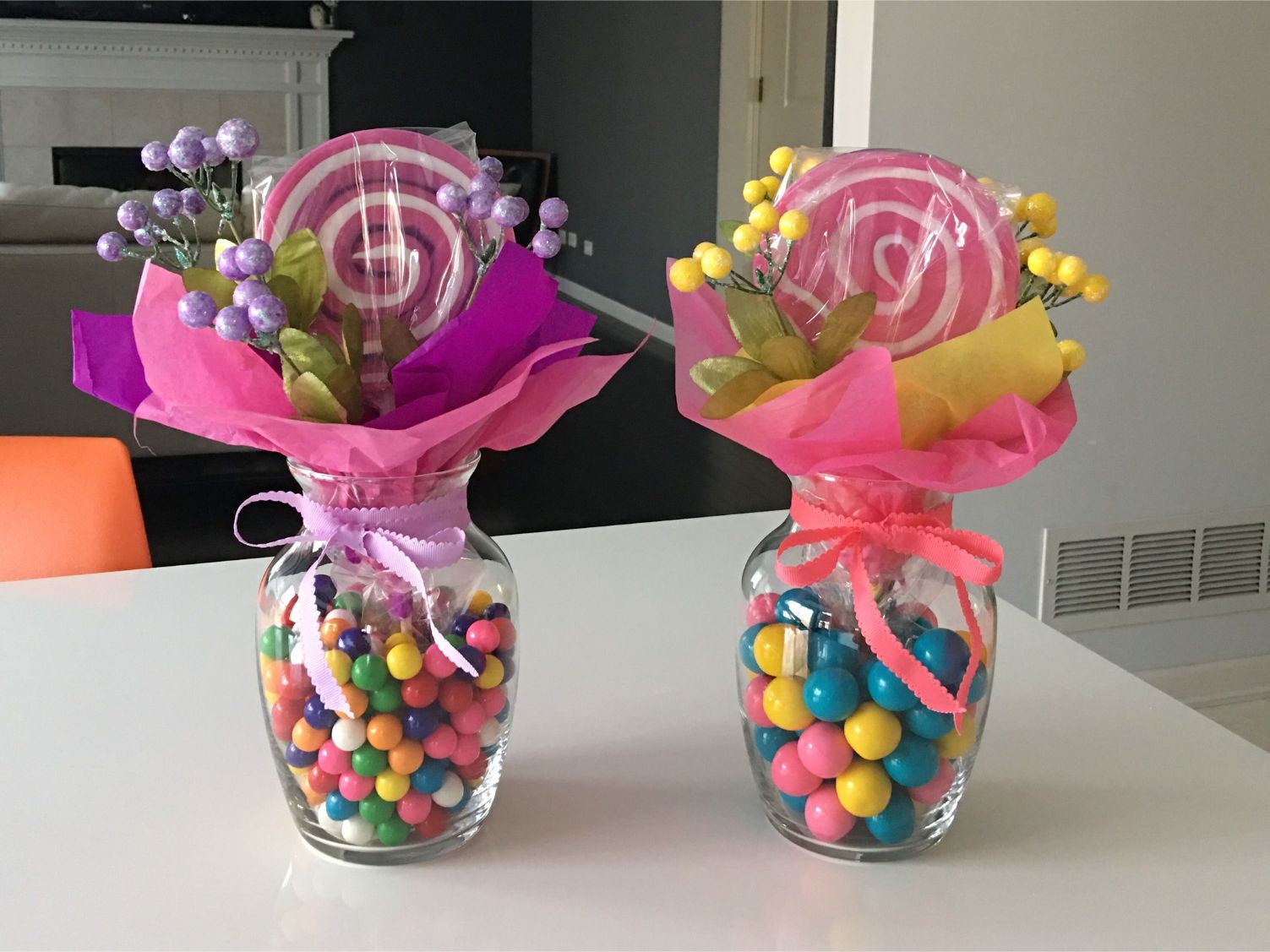
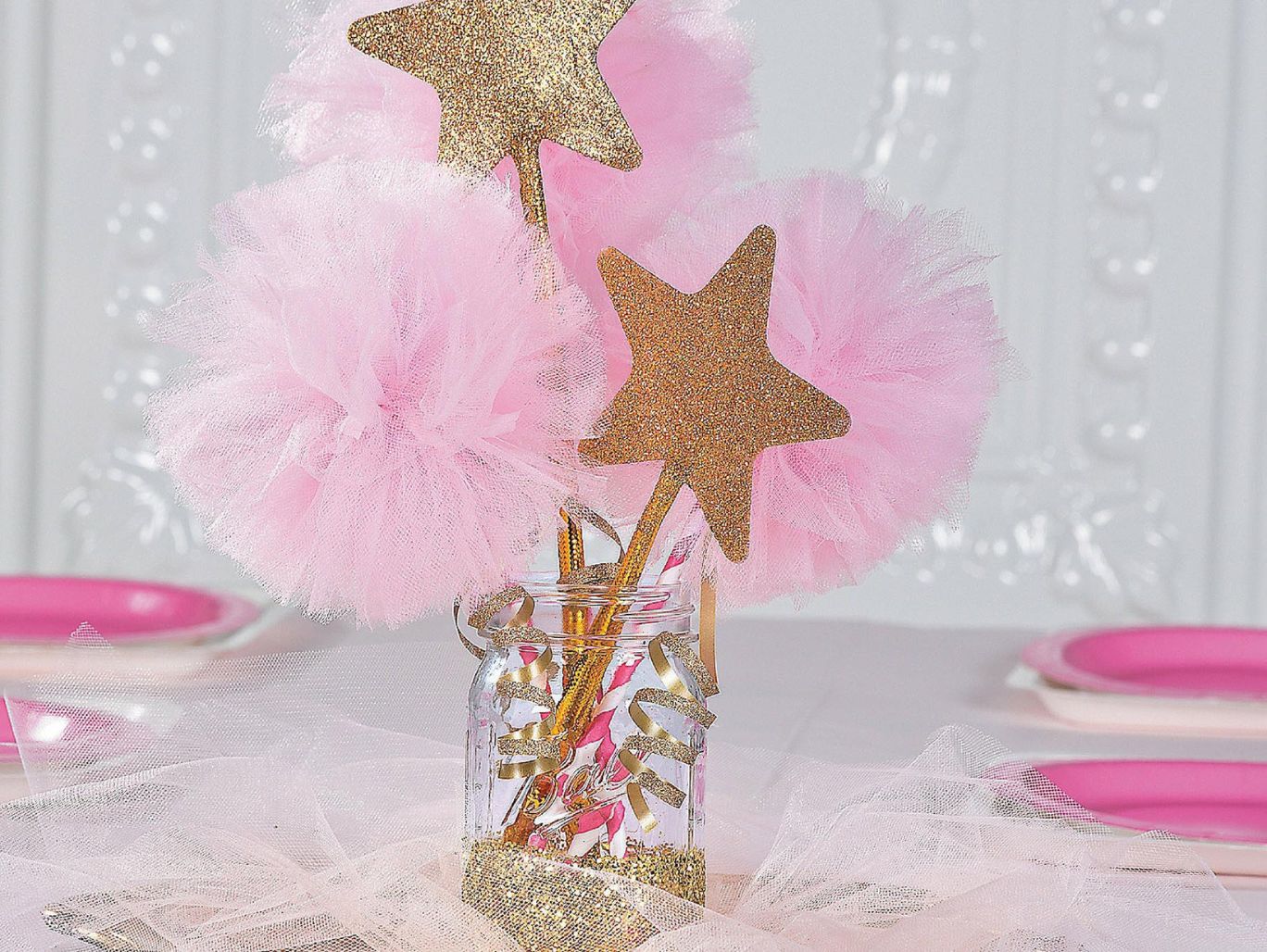
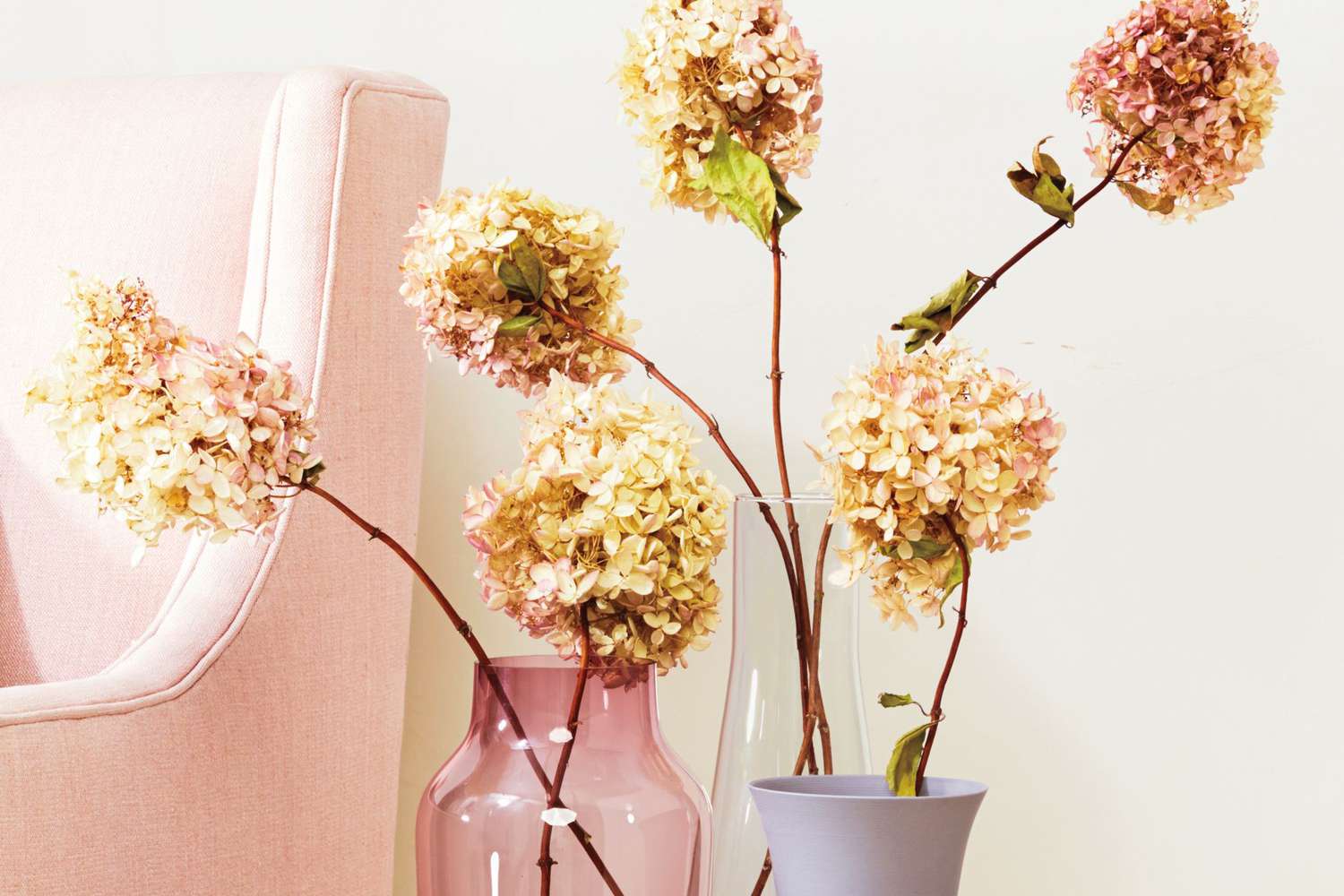
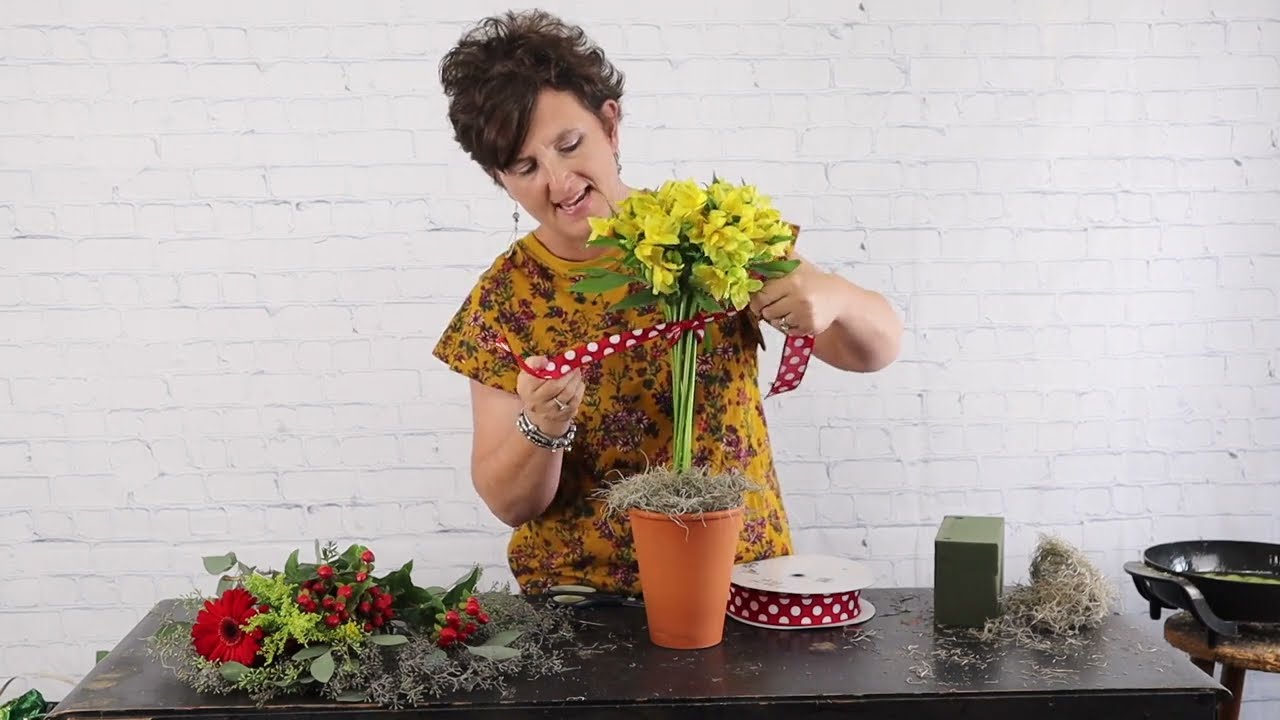
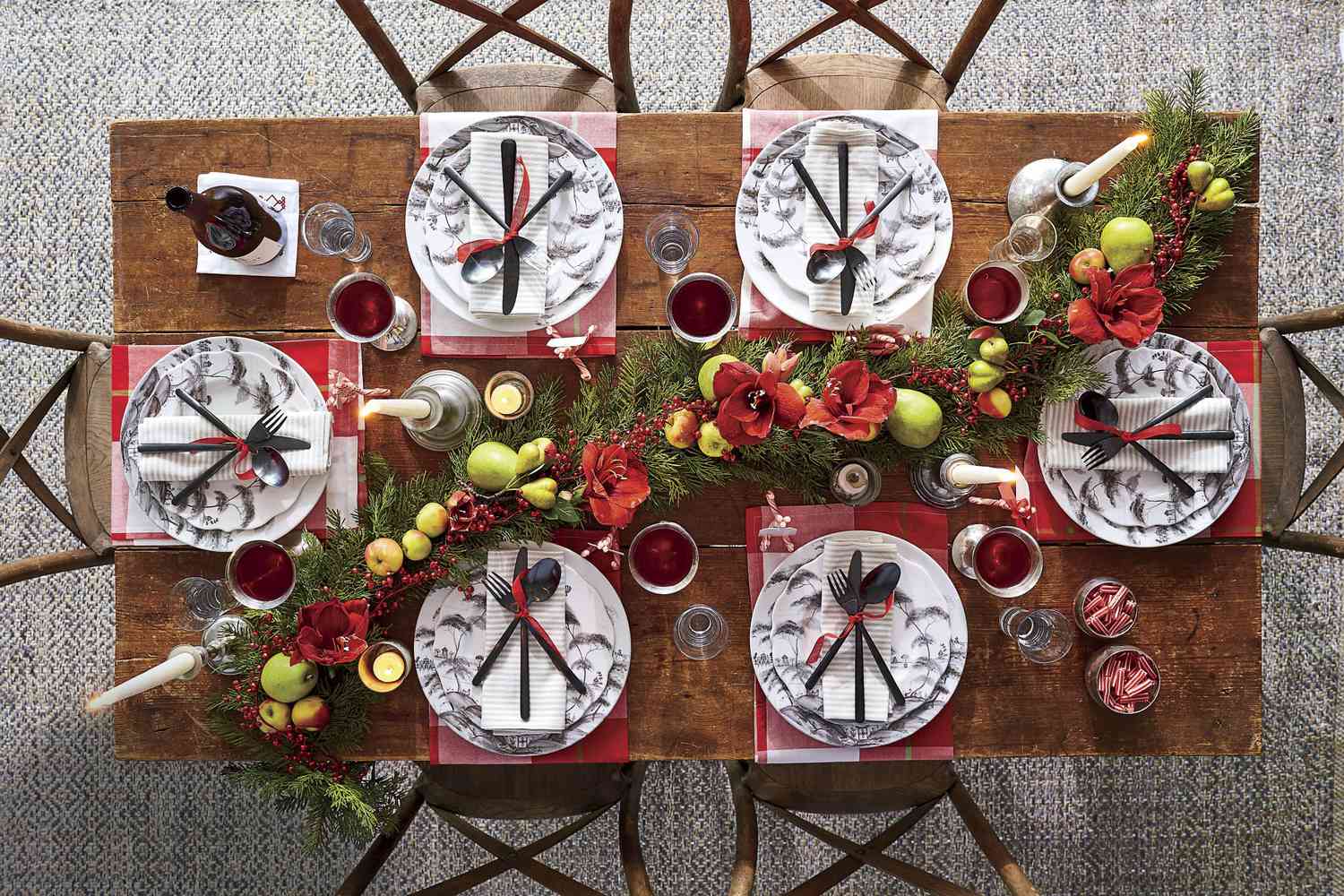
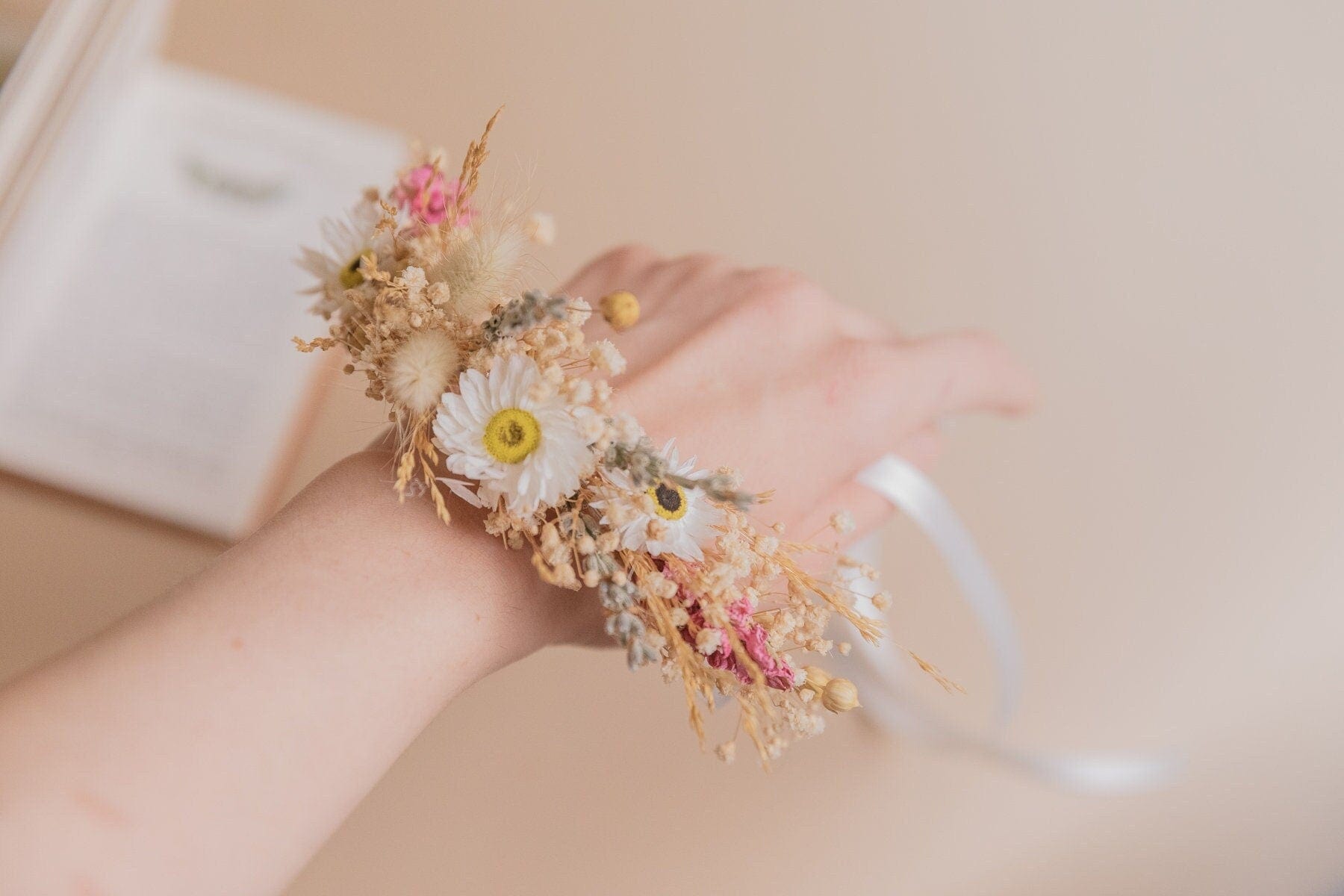
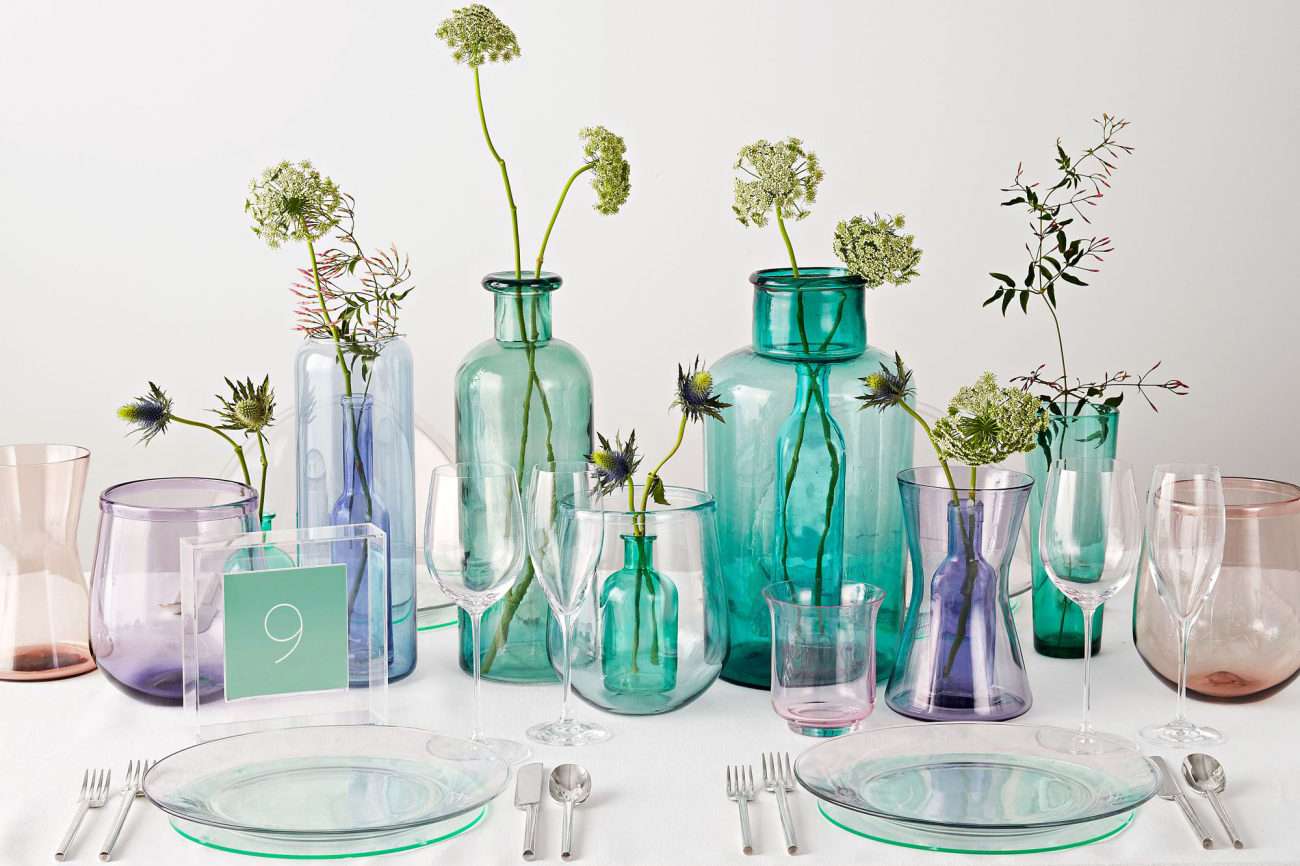
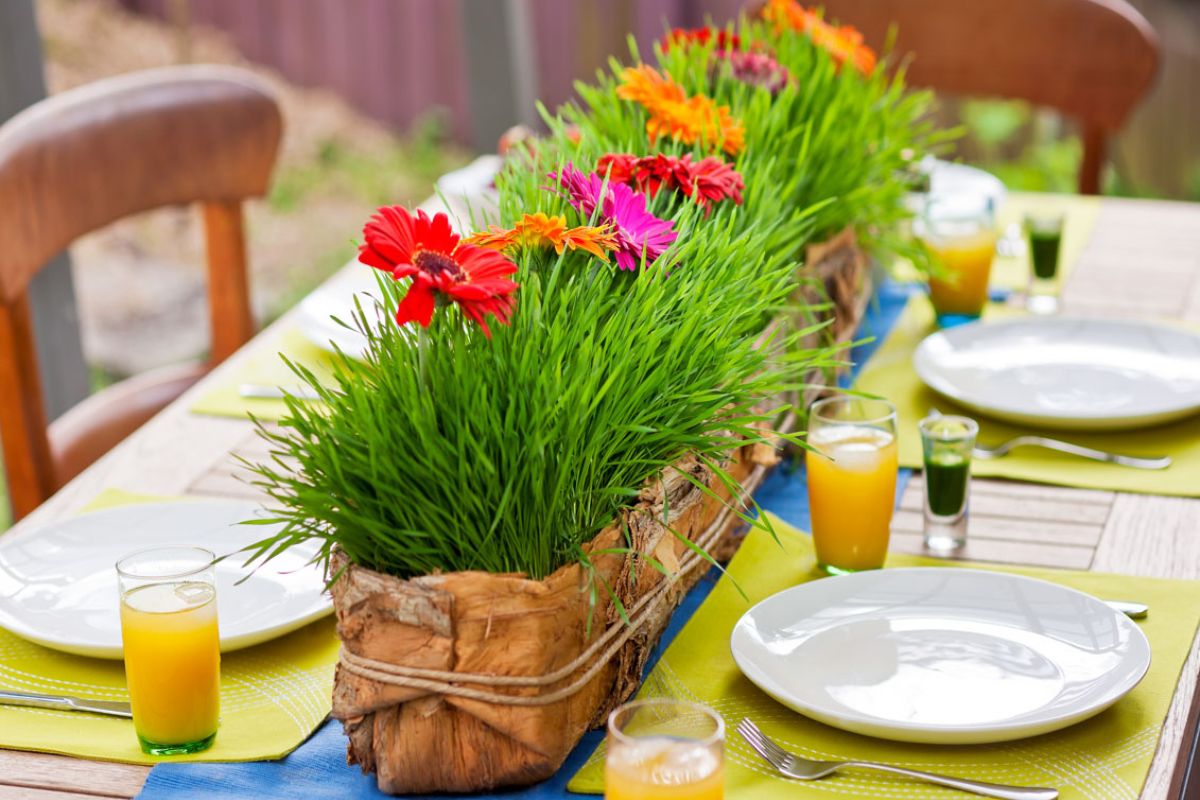
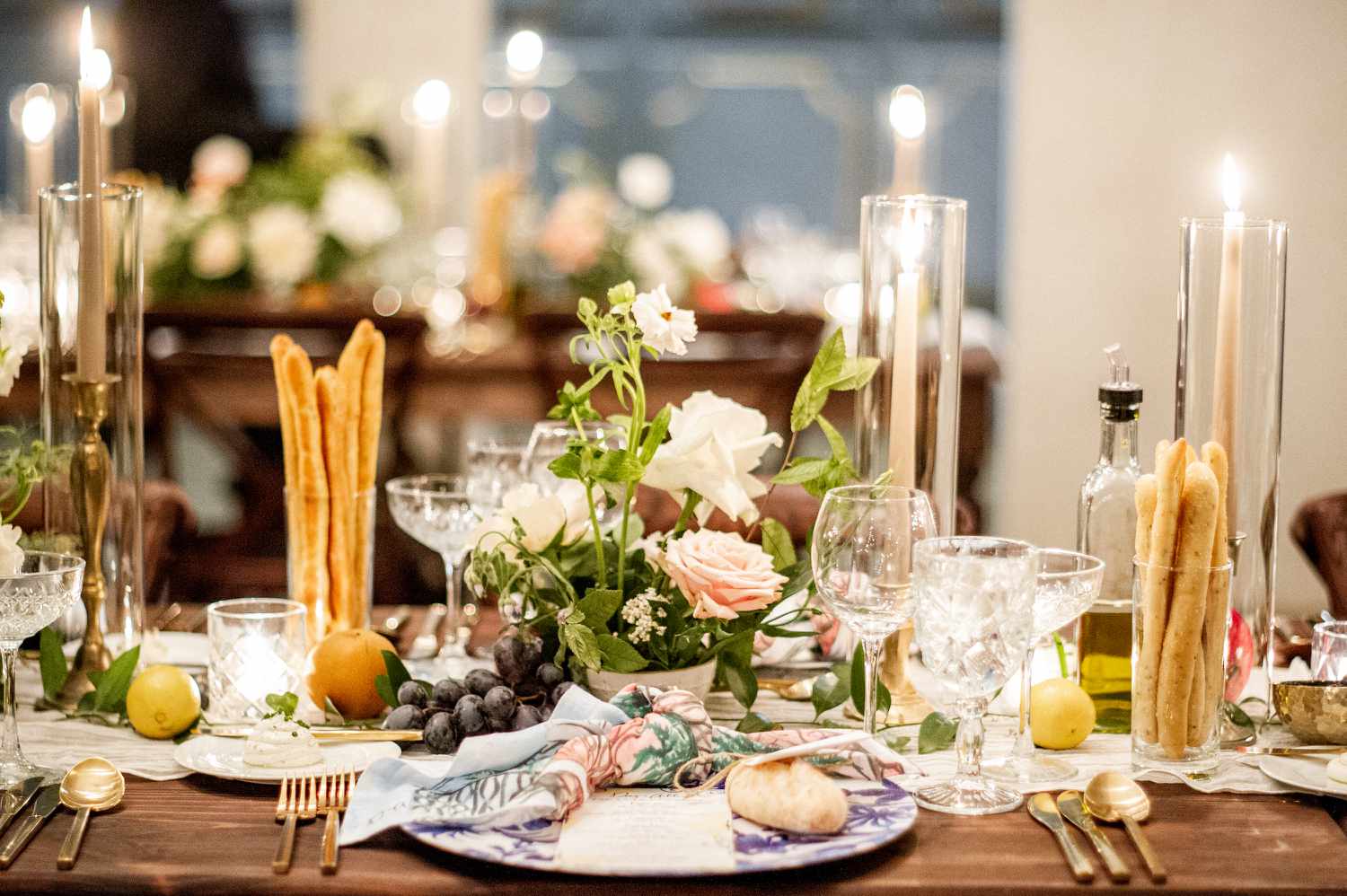
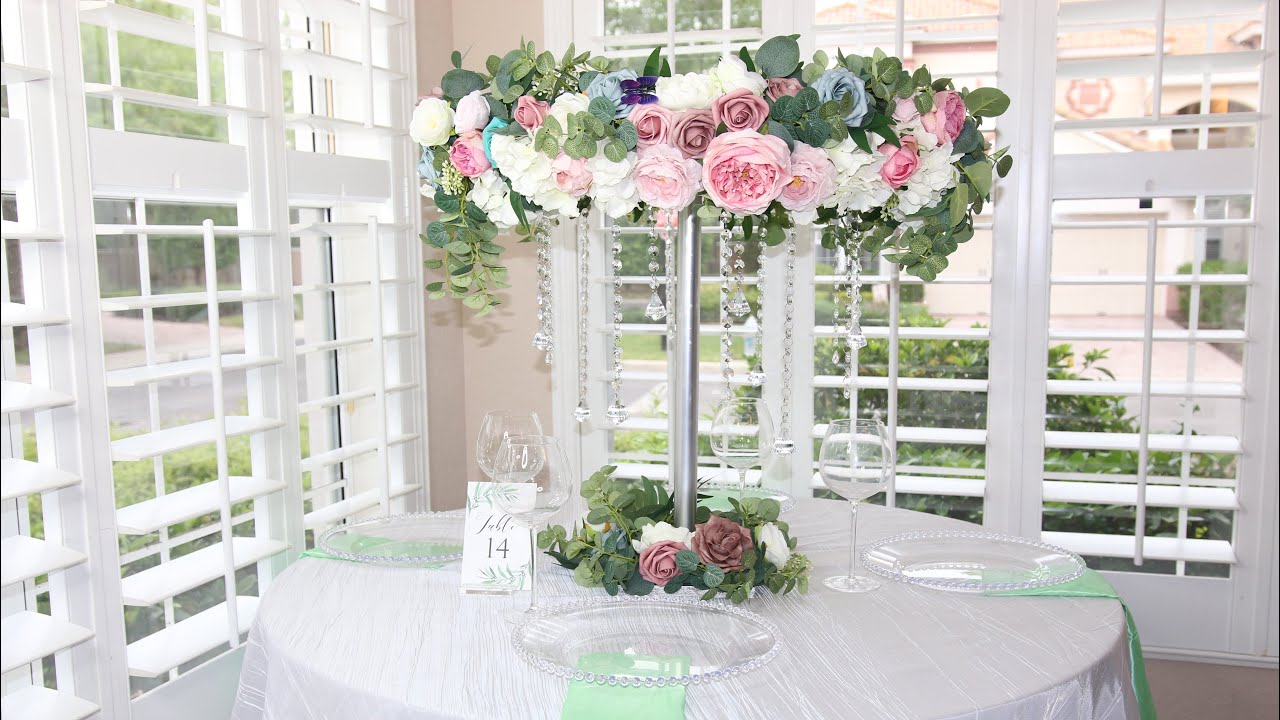
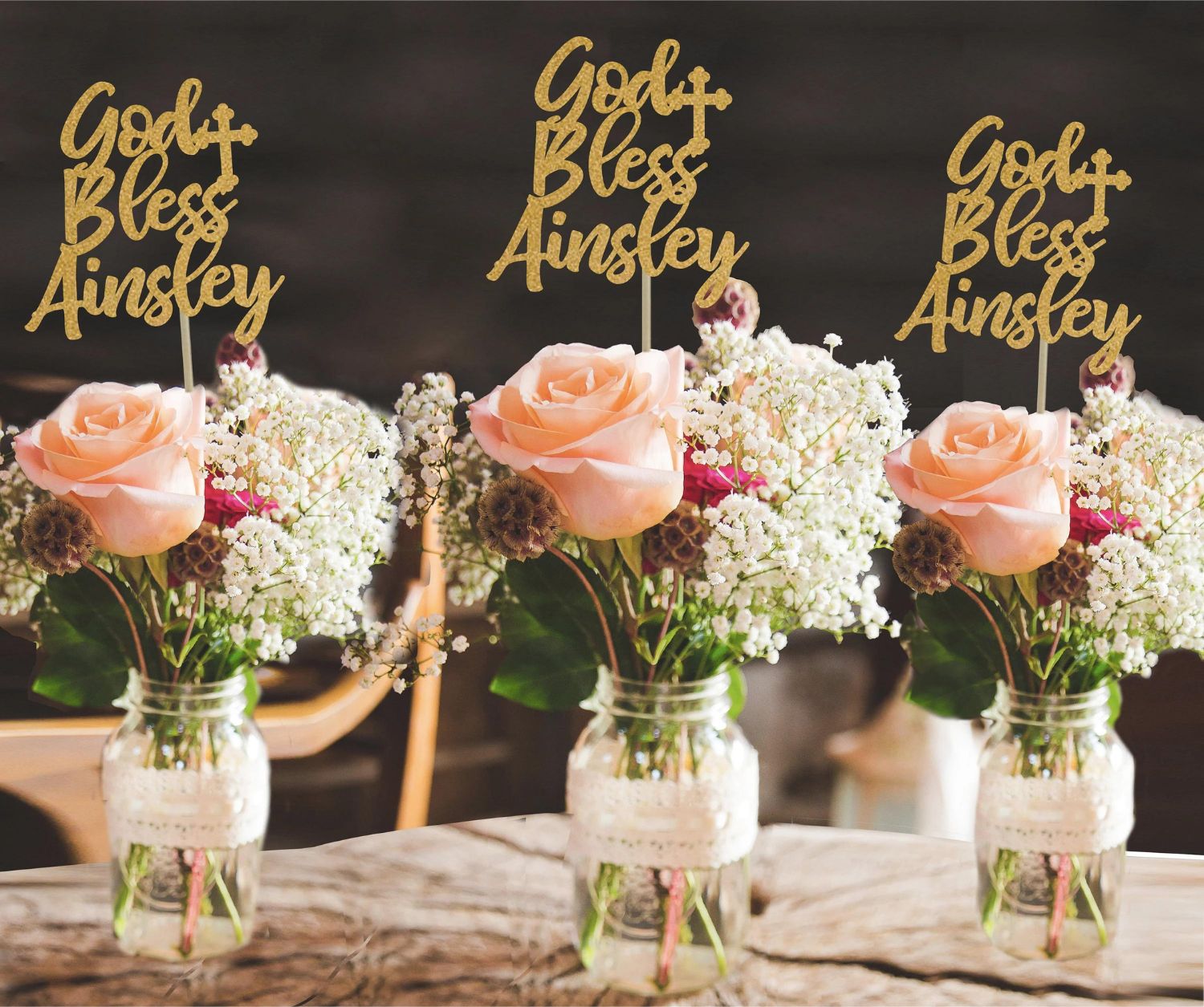

0 thoughts on “How To Make A Flower Arrangement For A Table Centerpiece”